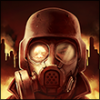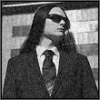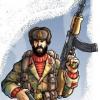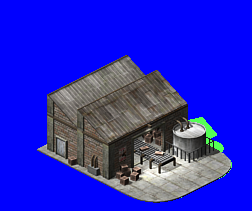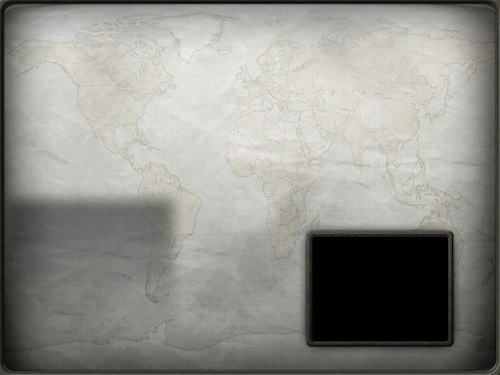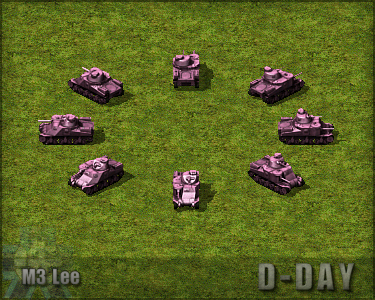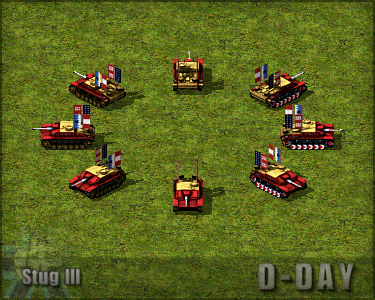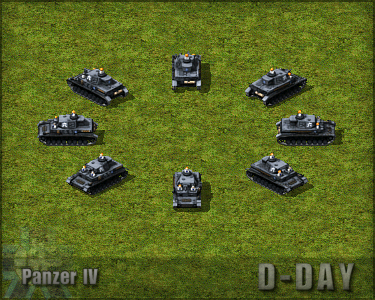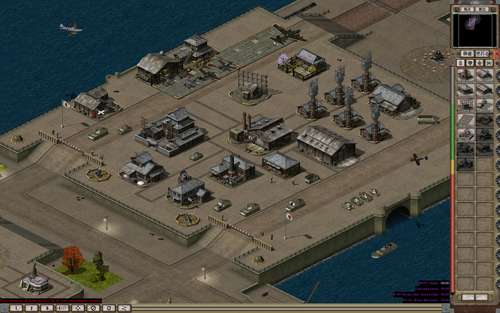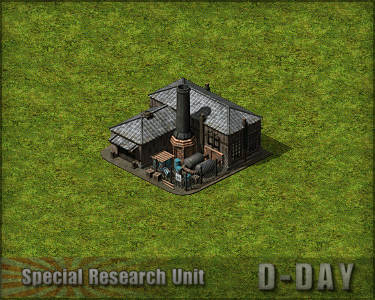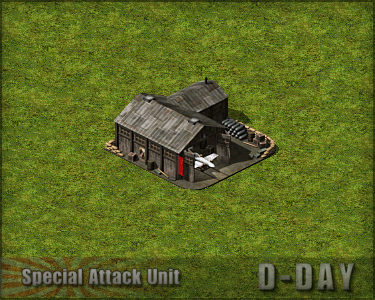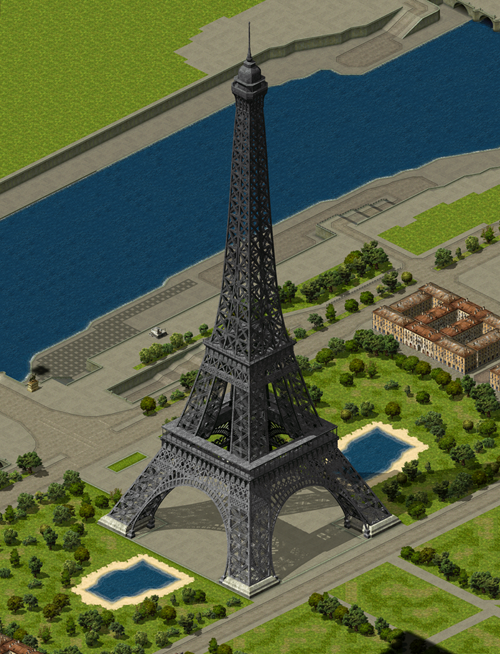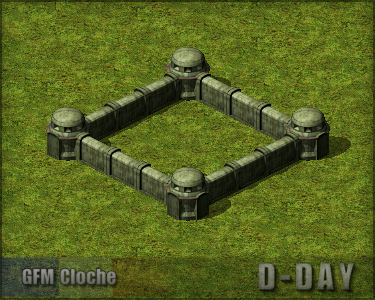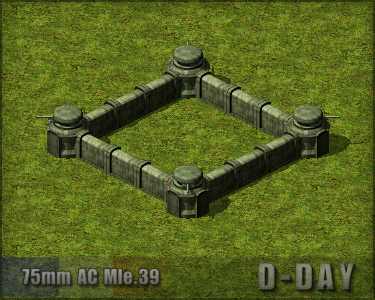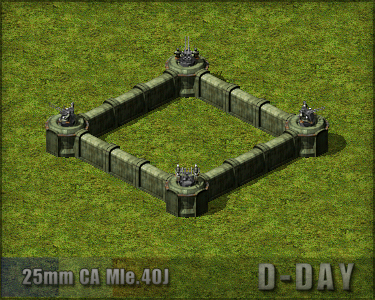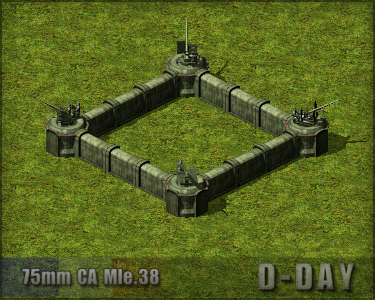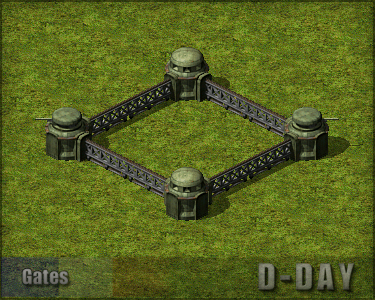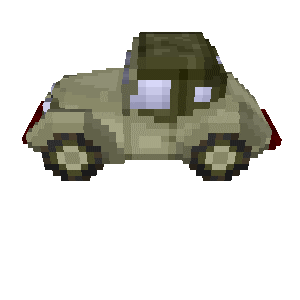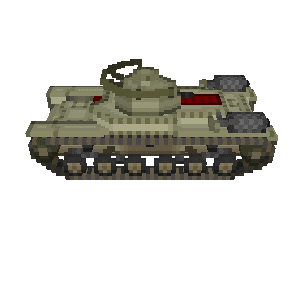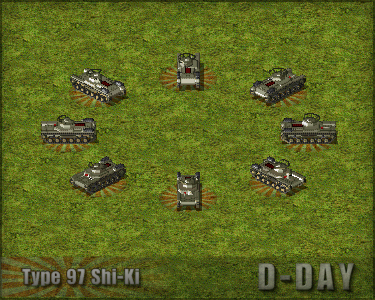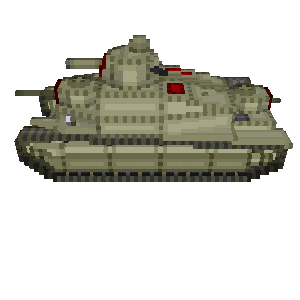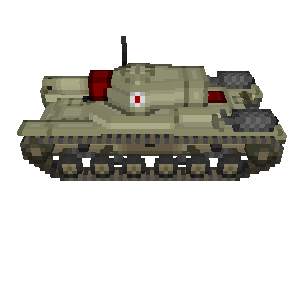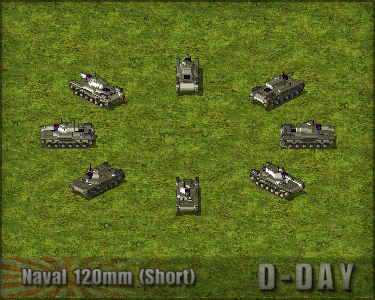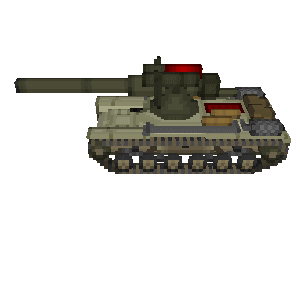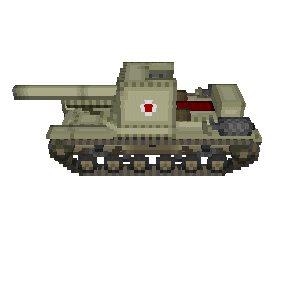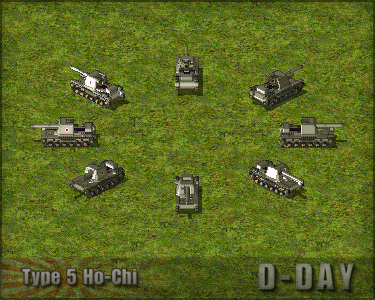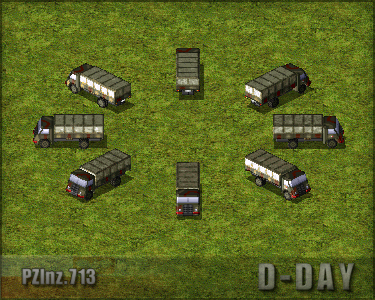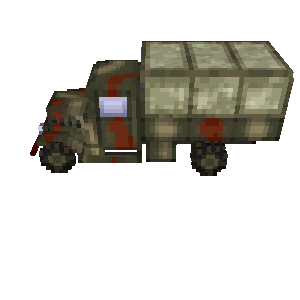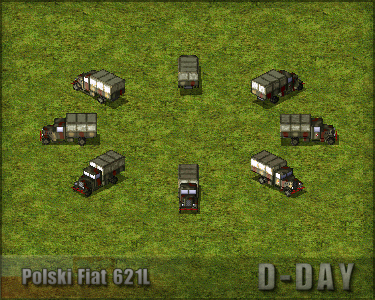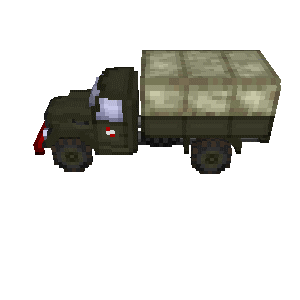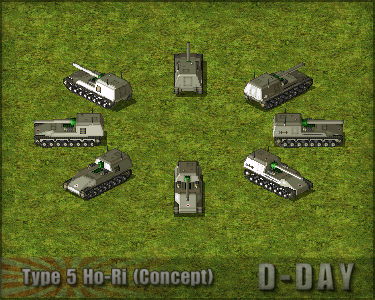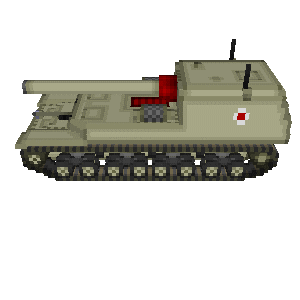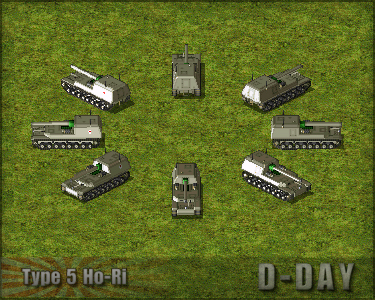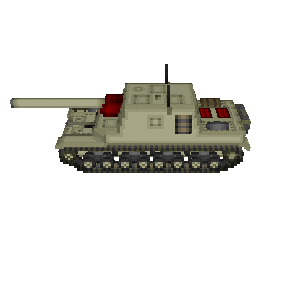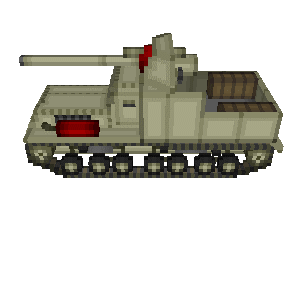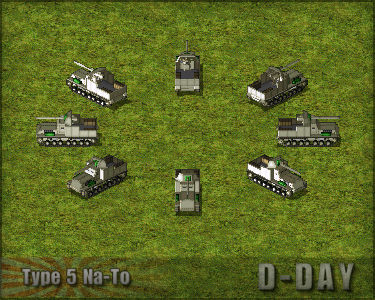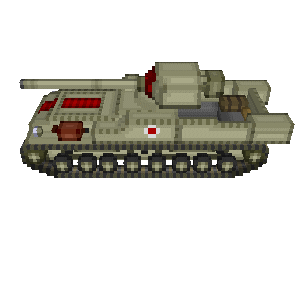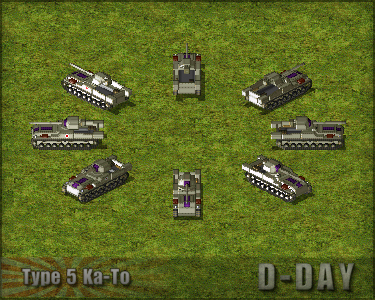
I'm back with a big news post covering the early development of German & Japanese jet aircraft with several Me-262 variants and copies. I actually made these units early last year & started writing the wiki pages for them last April! I'm glad I can now finally finish posting them.
Another variant that I started working on but was unable to finish was the Me-262 C-3a, which featured an extra rocket engine in the tail for short speed boosts. Due to limitations with the game's engine I was unable to get this system working, if it becomes possible in the future tho it will be added to D-day. I'd also planned to include the Soviet Sukhoi Su-9 & British Hawker P.1048 with these but both are independent designs that only resembled/were inspired by the Me-262 tho. I'll make them both at a later date along with several other early Allied jets.
Messerschmitt Me-262 A-1a Schwalbe
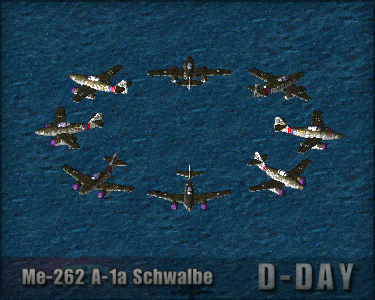
The German Me-262 was the first mass-produced & operationally used jet fighter in the world. Work on this revolutionary aircraft started in late 1938 under the code name Projekt 1065, the initial design proposed in April 1939 differed considerably from the production version, the engines were mounted in the wing roots & the wings were straight. Development of the BMW 003 jet engines intended for the Me-262 was repeatedly delayed because of the many technical problems encountered with this brand new propulsion system. Because of these problems it was decided to move the engines to pods fitted under the wing to facilitate easy removal for maintenance. This change also necessitated a change of the wings to a swept configuration to compensate for the change in centre of gravity.
The first "V1" prototype was ready in April 1941 however the BMW 003 jet engines intended for the aircraft weren't ready so a conventional Junkers Jumo 210 engine with a propeller was fitted to the nose so basic testing of the airframe could be carried out. It wasn't until November 1941 that a pair of BMW 003 were ready to be fitted to the prototype. For the first test flight the Jumo 210 was retained for safety, which proved wise as both BMW 003 engines suffered a flameout causing them to stall, the Jumo 210 was then used to bring the prototype safely back to base. With this failure it was decided to switch to the more reliable Jumo 004 jet engines. The first flight with the Jumo 004 took place on July 1942 in the V3 prototype, marking the first flight of the Me-262 with jets only.
There was opposition to the Me-262 from several high-ranking officials during early development including the head of Messerschmitt, who wanted to concentrate production on proven propeller designs. As well as the commander-in-chief of the Luftwaffe Hermann Göring who expected the war to be won before the aircraft could be ready for production, as such funding & support was withheld at times. After the Me-262 prototype was demonstrated to Hitler in mid 1943 he also insisted that the design should be modified into a multi-role fighter-bomber which lead to redesigns of the nearly finished fighter aircraft. These political problems along with the extended development of the jet engines meant that the Me-262 wasn't able to go into operation use until April 1944, six years after its original conception.
Once in combat though it proved highly capable and able to outperform most allied fighters, with several pilots becoming aces. It was however extremely vulnerable when taking off or landing as it couldn't maneuver or accelerate during this time or the engines would stall. Allied pilots would take advantage of this by loitering around airfields & then attacking Me-262 as they appeared. To combat this the Germans reinforced the anti-aircraft fortifications leading up to the runway in order to give the Me-262 more cover. As the war situation deteriorated though most Me-262's were grounded because of fuel shortages & a lack of trained pilots that could handle the power of the new jet aircraft.
Following the end of the war American, British, French & Soviet forces scrambled to capture these prized aircraft so they could be studied to advance their own jet aircraft programs. Comparative tests between the British Gloster Meteor & American P-80 Shooting Star showed the Me-262 to be superior in several aspects however the engines required constant maintenance & had a relatively short lifespan. As such these tests didn't last long and several aircraft were lost due to engine failures.
Out of the 1,430 aircraft built during the war only nine still exist today in museums, with only one still in its original markings. In 2003 the Texas Airplane Factory started the "Me-262 Project" in which they built several replicas using an original Me-262 that was undergoing restoration as a template. Unlike most replicas, which are classified as unique aircraft, the exact replication of the parts used in these Me-262s meant that they are officially registered as newly built Me-262s with the variant name of A-1c. They are all owned by private collectors who often fly them during air shows in American & Germany.
Messerschmitt Me-262 A-1a/U4 "Pulkzerstörer"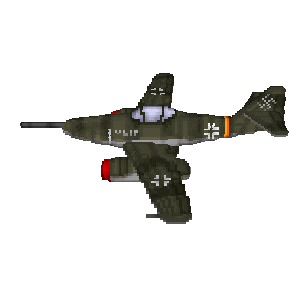
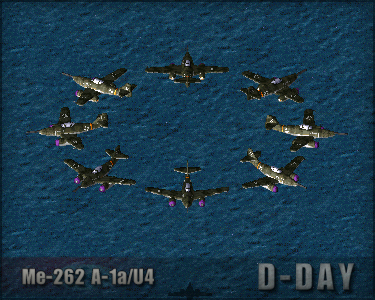
The Messerschmitt Me-262 A-1a/U4 (in some sources know as the Pulkzerstörer "Pack destroyer") was a modification of the standard Me-262 A-1a airframe, replacing the four 30mm Mk108 cannons in the nose with a single 50mm Mk214 cannon. The 30mm Mk108 while a powerful weapon had a short range which along with the Me-262's high speed meant that the engagement time against enemy aircraft was often very short, especially against slow moving bombers. The 50mm Mk214 greatly increased the damage and weapon range of the Me-262, even giving it the ability to engage bombers from outside of their defensive range. The weapon had a limited amount of ammunition and was difficult to use while manoeuvring though, making it unsuitable in a dogfight with other fighters. Only two of these aircraft were built Wk/nr 111899 & Wk/nr 170083 in early 1945, there are rumours that one of them was used in combat before the war ended but no evidence has been found to substantiate these claims.
After the war Wk/nr 170083 was captured by American forces at Lechfeld airfield and transferred to the 54th Air Disarmament Squadron led by Colonel Watson (aka Watson's Whizzers), a unit which was tasked with finding and capturing advanced enemy aircraft. In preparations for transferring the aircraft back to American for testing its markings were repainted with USAF roundels and was named Wilma Jeanne after Watson's wife. It was then flown to Cherbourg where it was loaded onto the British aircraft carrier HMS Reaper along with other advanced German aircraft for the long journey across the Atlantic. Arriving in New Jersey the aircraft were then flown to Freeman Army Airfield, during the flight a turbine blade broke in the engine of the Me-262 A-1a/U4 and the plane was destroyed in the resulting crashed.
Messerschmitt Me-262 B-1a/U1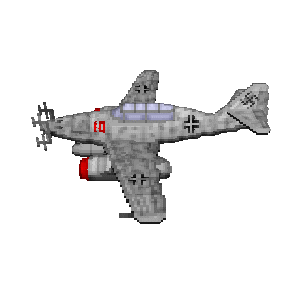
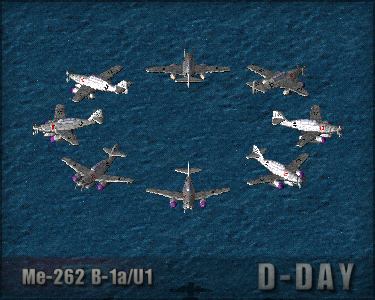
The Messerschmitt Me-262 B-1a/U1 was a specialised night fighter variant of the Me-262 equipped with a FuG-218 Neptun radar for finding enemy aircraft in the dark. Development of a night fighter variant of the Me-262 started in late 1944 with the construction of the Me-262 A-1a/U2 prototype (Wk/nr 170056) which used the standard single seat A-1a airframe. Multiple tests were carried out using several different types of radar devices. While the technical sides of the tests proved successful the pilots however reported that they had difficulty flying and using the radar system simultaneously. In light of this it was decided to move development to the Me-262 B-1a two seater trainer airframe, the extra seat which was normally used by a flight instructor was instead modified for use by a dedicated radar operator who could guide the pilot to enemy targets. The addition of the radar antenna protruding from the nose produced extra drag and decreased the aircraft's speed, the space needed for the second seat required the removal of one of the fuel tanks too. To compensate for this loss two external fuel tanks were fitted under the nose, this also increased the drag and decreased the speed. Even with this loss in performance the Me-262 B-1a/U1 was still much faster then the enemy bombers and their escorts. Messerschmitt started work on developing a more advanced version called the Me-262 B-2a which would have featured a lengthened fuselage to hold more fuel instead of the external fuel tanks and the new "Berlin" centimetric radar dish which could be placed inside the nose reducing drag, the war ended before work on a prototype of this improved version could begin though.
Only seven of the Me-262 B-1a/U1 night fighters were built before the end of the war, they were all given to the 10th squadron of the Nachtjagdgeschwader 11 who used them to great effect with several of the pilots becoming aces, including Kurt Welter who still holds the world record for the most enemy planes shot down in a jet aircraft. In an effort to neutralise this threat the RAF bombed the based they were operating from, after which only four aircraft were left. After the war the three remaining aircraft were captured by British forces who transported them back to Britain for testing, one of them crashed during a storm and another was scrapped. The third and final aircraft was given to the South African air force where it sat in storage for many years, it was then given to the Johannesburg Museum who restored it in 1971 and has since been one of their major exhibits.
Messerschmitt Me-262 SB.1a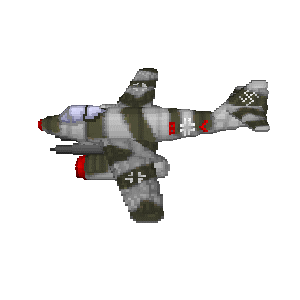
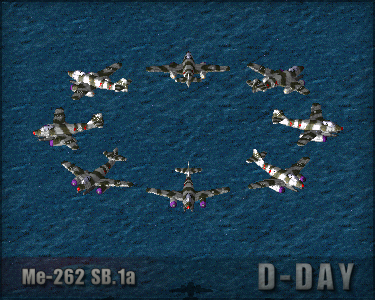
The Me-262 SB.1a (Schnellbomber Ia) was a proposed "fast bomber" variant of the Me-262. The main difference was the relocation of the cockpit from the centre of the aircraft to the nose, this greatly increased the pilot's vision for the bombing role. This meant that the nose mounted cannons had to be removed though and it had to rely on its greater speed to outrun any enemy fighters. The front landing gear also required modifications to make it rotate 90 degrees and lay flat under the pilots seat. The space once occupied by the pilot was used to house an extra fuel tank increasing the aircraft's range. The design didn't progress further than the initial design proposal and no prototype or production version were built.
Messerschmitt Me-262 A-2a/U2 Mistel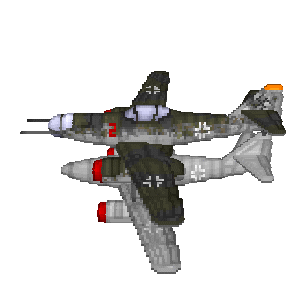
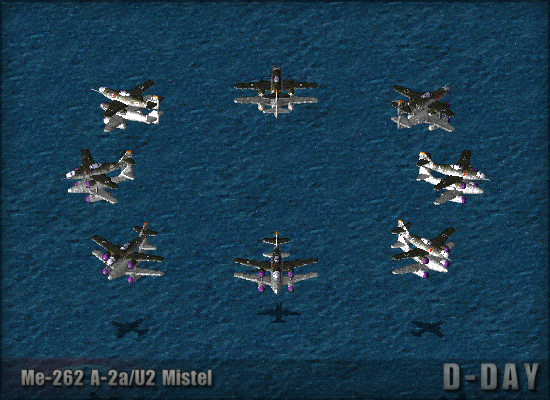
The Messerschmitt Me-262 A-2a/U2 was a dedicated bomber variant of the Me-262 featuring a completely new fully glazed nose section that would house a second crew member who would lay down in a prone position. From there he could get a clear view for level bombing runs or guide remote controlled ordinance towards their target. Two prototypes of the Me-262 A-2a/U2 were built before the end of the war, one of them was captured by American forces who presumably took it back to American for testing along with other advance German aircraft and later scrapped it but information on this prototype's final fate is scarce.
One of the types of ordinance proposed for the Me-262 A-2a/U2 was the use of another Me-262 that has been fitted with explosives and converted into a pilotless flying bomb, with the Me-262 A-2a/U2 mounted on top of the pilotless Me-262 in a Mistel configuration. For take-offs they were both placed on a specialised trolley fitted with a rocket booster, after becoming airborne the trolley would then be jettisoned and collected for reuse. Once the Me-262 A-2a/U2 was within range of the target it would detonate the explosive bolts holding the two aircraft together. The bombardier in the nose of the Me-262 A-2a/U2 would then take remote controlled of the Me-262 bomb via radio and guide it to a collision course with the target.
Avia S-92 Turbina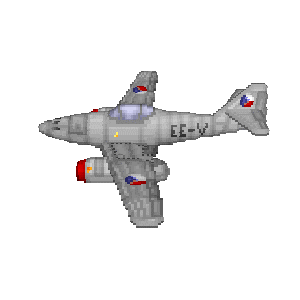

During World War II multiple factories in Czechoslovakian were employed by the Germans to produce different parts for the Me-262 A-1 fighter and Me-262 B-1 trainer aircraft. At the end of hostilities in Europe the factories and parts were captured by Soviet forces, all complete aircraft and some parts were taken back to the Soviet Union for testing. The jibs, tools and documents within the factories were handed over to the newly restored Czechoslovakian government though. Using some of the parts left by the soviets along with others newly constructed in the wartime factories Avia set to work to produce their own version of the Me-262 A-1 and Me-262 B-1. The first of the single seat aircraft the Avia S-92 was completed in August 1946 with the first two seater Avia CS-92 trainer flowing in December 1946. The aircraft proved to be difficult and extremely time consuming to make with many of the parts having to be individually hand made, making each plane slightly unique. As such only nine Avia S-92 and three CS-92 were completed over the next three years before production was discontinued. They served in the 5th fighter squadron as a training unit to help pilots get their first experience with jet aircraft. Most were scrapped in the 1950's but a single S-92 and CS-92 remain on display in the Prague Aviation Museum.
Yugoslavia showed interest in buying the S-92 and CS-92 and placed an order for one of each for evaluation but didn't receive any aircraft. There are reports that Israel bought several S-92 and one of them exploded during a test flight in April 1950, however there is no evidence to substantiate this. There have been suggestions that the aircraft that exploded was really a Gloster Meteor that the British had secretly given to Israel for testing and it was claimed to be a S-92 to cover it up, while slightly more plausible this is still a matter of conjecture.
Nakajima Kikka

In early 1944 the Japanese military attaché in Germany was shown the Me-262 along with several other advanced German aircraft. Impressed by these new designs he reported back to the Japanese high command on who then authorized him to open negotiations to buy a production licence for the Me-262 & Me-163. Documents for the two planes along with a complete Me-163 and other aircraft parts where then loaded onto the Japanese submarine I-29 in Lorient France and left on 16 April 1944 to take the perilous journey around Africa back to Japan. On 14 July 1944 the I-29 arrived in Singapore, several of the passages then disembarked and completed the rest of the trip by plane, taking some of the Me-262 documents along with them. Once resupplied I-29 also left Singapore to complete the finial part of it's journey back to Japan. While going through the Luzon Strait though the I-29 was intercepted & sunk by American forces. With the loss of the I-29 & the parts it carried the engineers at Nakajima only had the few documents flown from Singapore along with the memories of a few offices who had seen the Me-262 first hand to work with.
Even with this limited amount of information Nakajima started work on the Kikka in September 1944. Several changes where made to the original Me-262 design making it simpler and easier for manufacture in Japan including using more readily available materials such as wood. One major change was the addition of folding wings which would enable the aircraft to be concealed more easily. At first it was planed to fit the Kikka with the Ishikawajima Tsu-11 motorjet which was originally designed for use on the MXY7 Ohka kamikaze plane. Instead Ishikawajima started development of new jet engine specificity for use in the Kikka called the Ne-10, this design however was unable to produce enough thrust to power the Kikka. With this failure work moved to the Ne-20 which was a reverse engineered version of the German BMW 003, the engineers at Ishikawajima only had a few photographs and a cut-away drawing to work from though. Even with this limited amount of information they were able to produce a usable engine.
The first prototype was completed in June 1945 and after ground tests it took to the skies for it's first flight on 7 August 1945 with with Lieutenant Commander Susumu Takaoka piloting. The short flight went well but the Ne-20 required a long time to get the Kikka up to takeoff speed. To elevate this on the second test flight the Kikka was fitted with RATO (rocket assisted take off) units, unfortunately the rockets had been fitted at an incorrect angle resulting in the Kikka crashing during takeoff. Work started on repairing the damage but the war ended before they could finish. A second prototype was also nearing completion at the time the war ended, along with around 20 other airframes in various stages of completion. After the war American forces captured airframes number 3, 4 and 5, they where sent to Patuxent River Naval Air Base in America for testing. The prototypes where later cannibalized to make a single complete aircraft, which was then given to the Smithsonian National Air and Space Museum. The Museum kept it in storage for many years but it has recently been moved it to the Steven F. Udvar-Hazy Center for restoration work.
Nakajima Ki-201 Karyu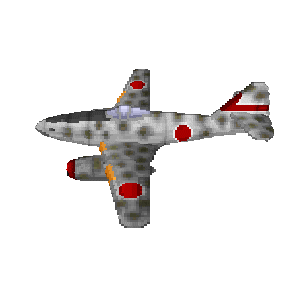
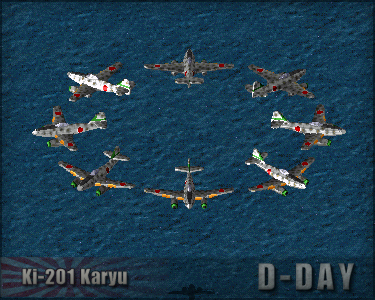
While Nakajima's main focused was on completing the Kikka as quickly as possibly to help counter the expected Allied invasion of the Japanese home islands. A second team lead Iwao Shibuya started development of another aircraft that more more closely followed the original design of the Me-262 called the Ki-201 Karyu (Fire Dragon). This aircraft would also incorporate more advanced equipment that was then in development such as the Ne-230 turbojet & Ho-155-II cannons. A prototype was expected to be finished & ready for testing in December 1945, however the war ended before work could start putting an end to the development of the Ki-201.
- Allied General and Endless like this




 Find content
Find content Male
Male


